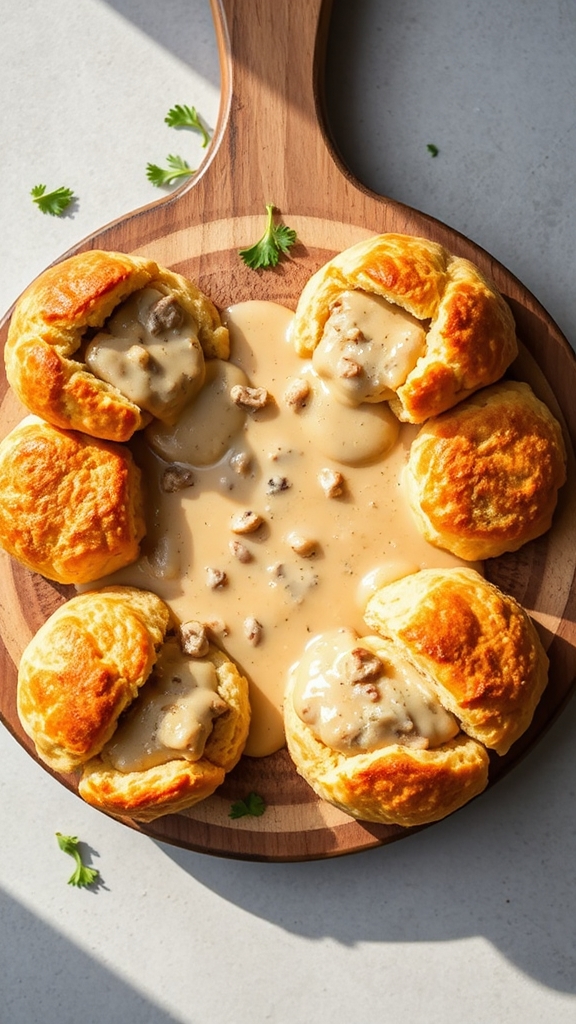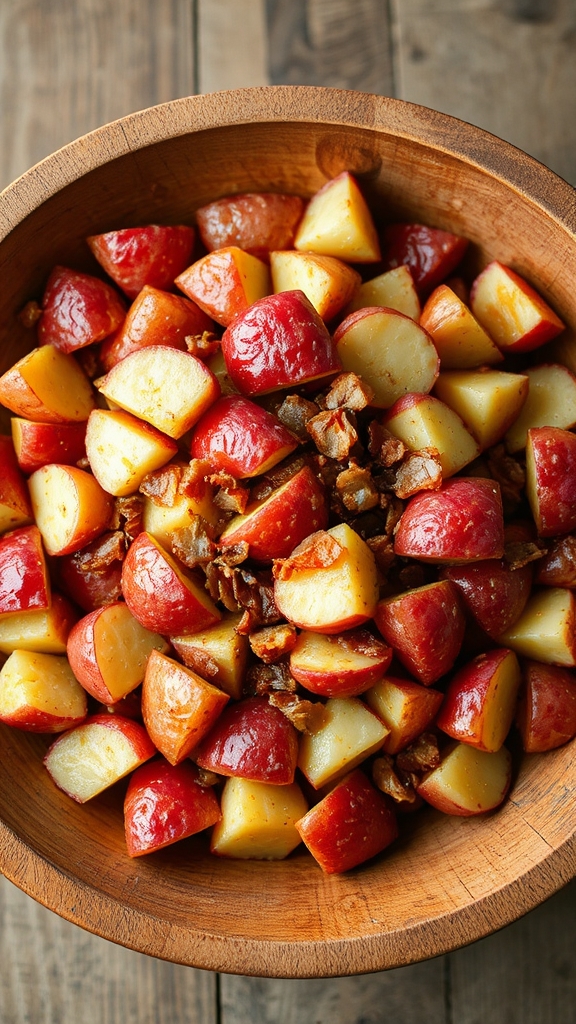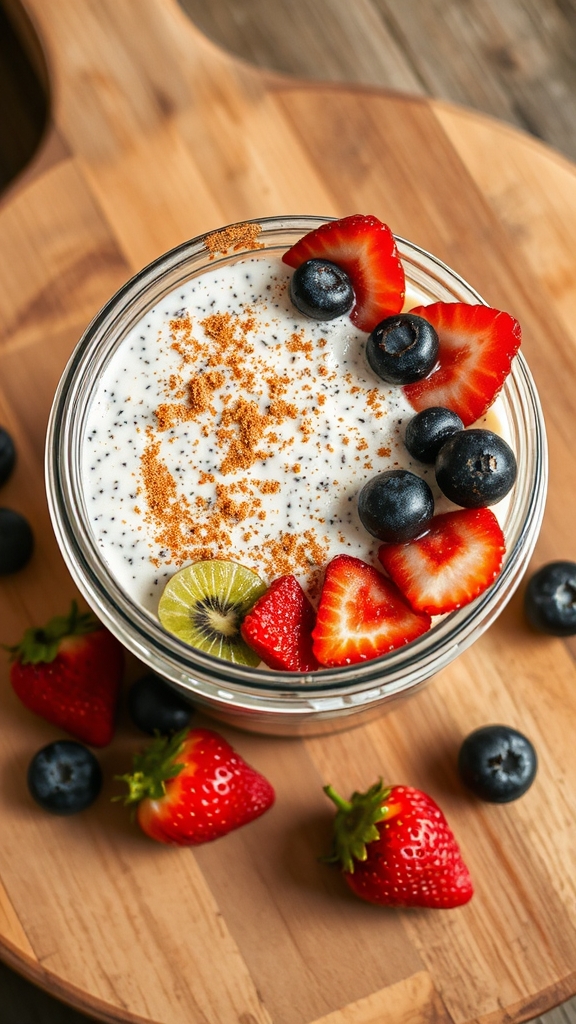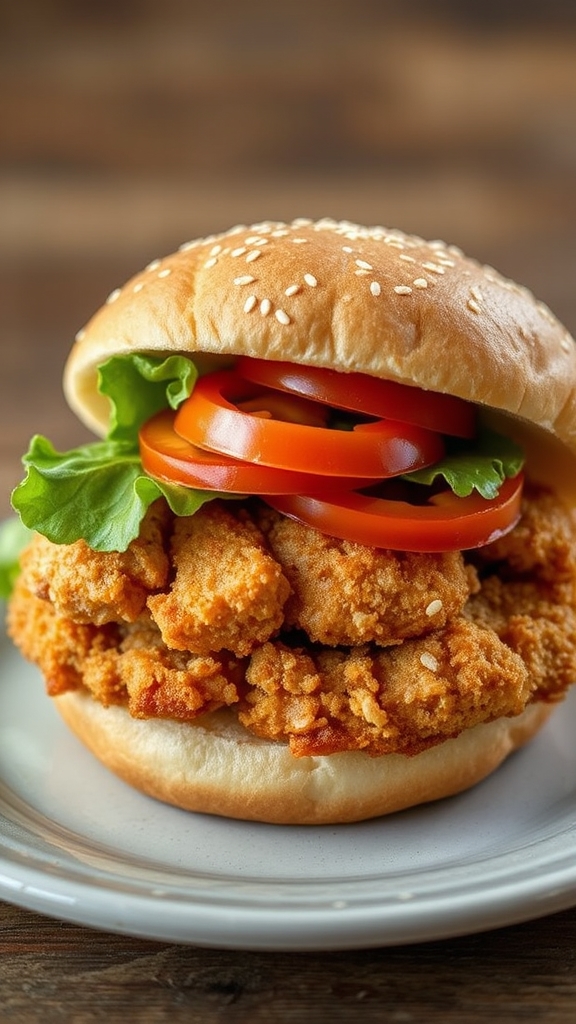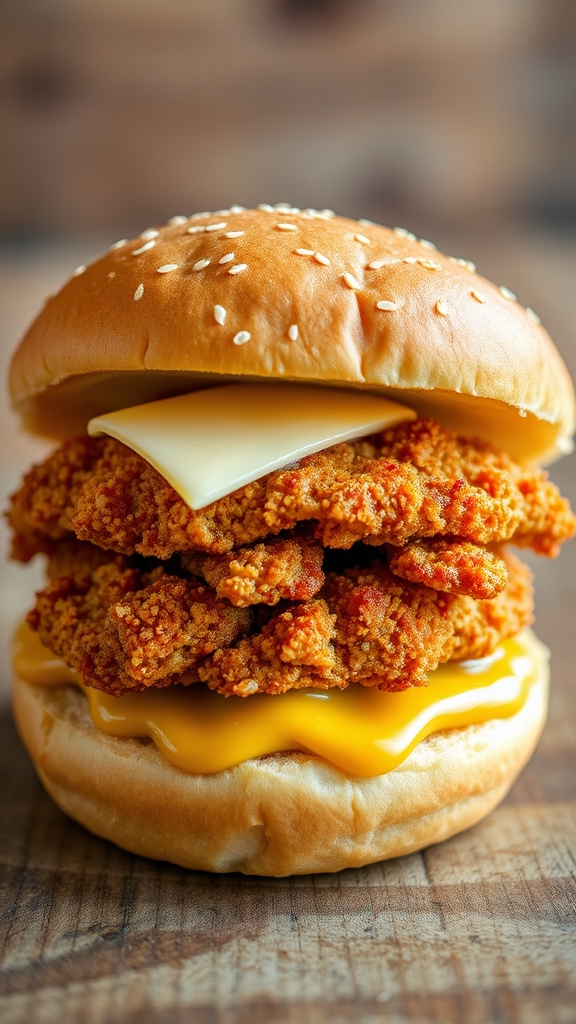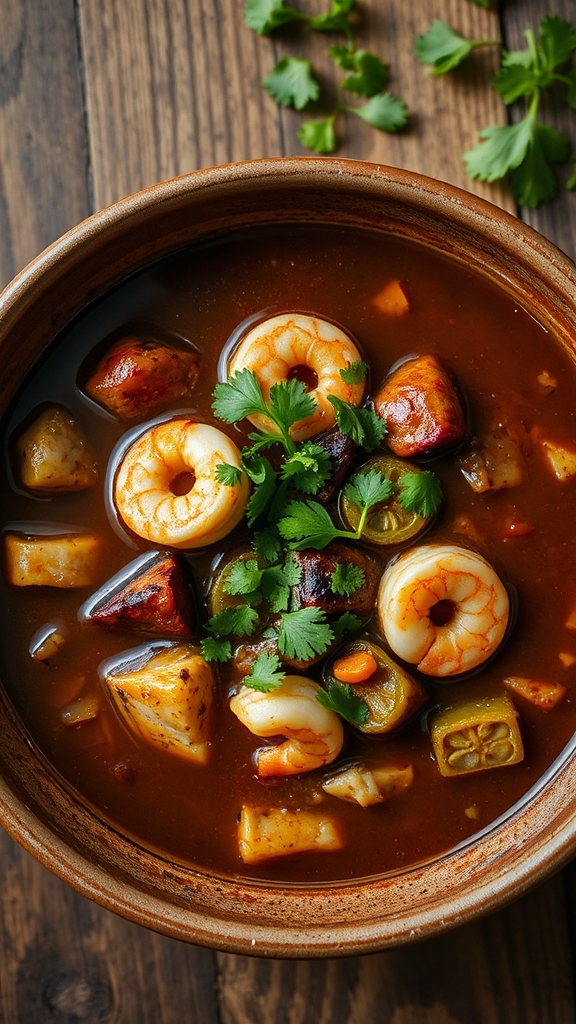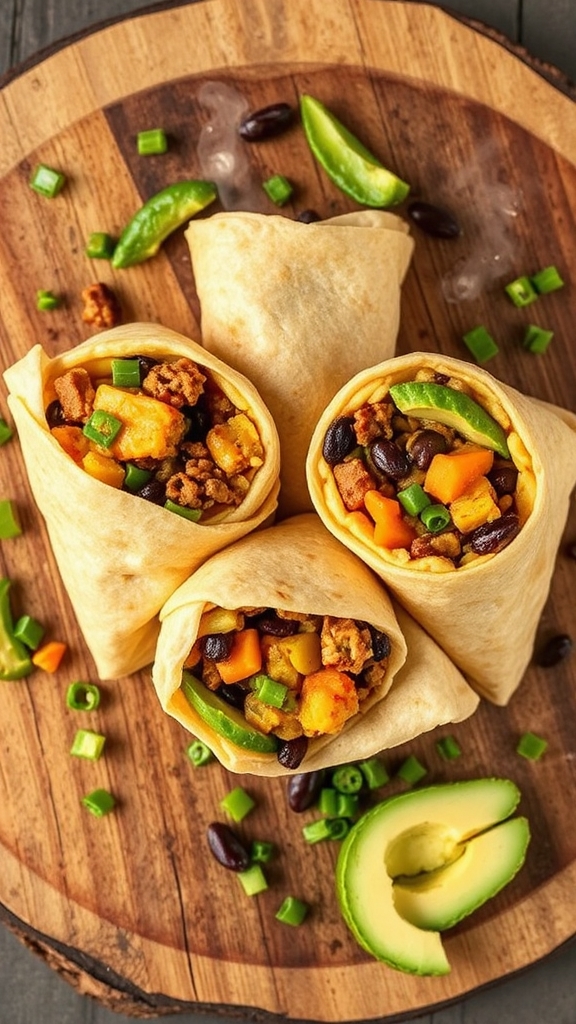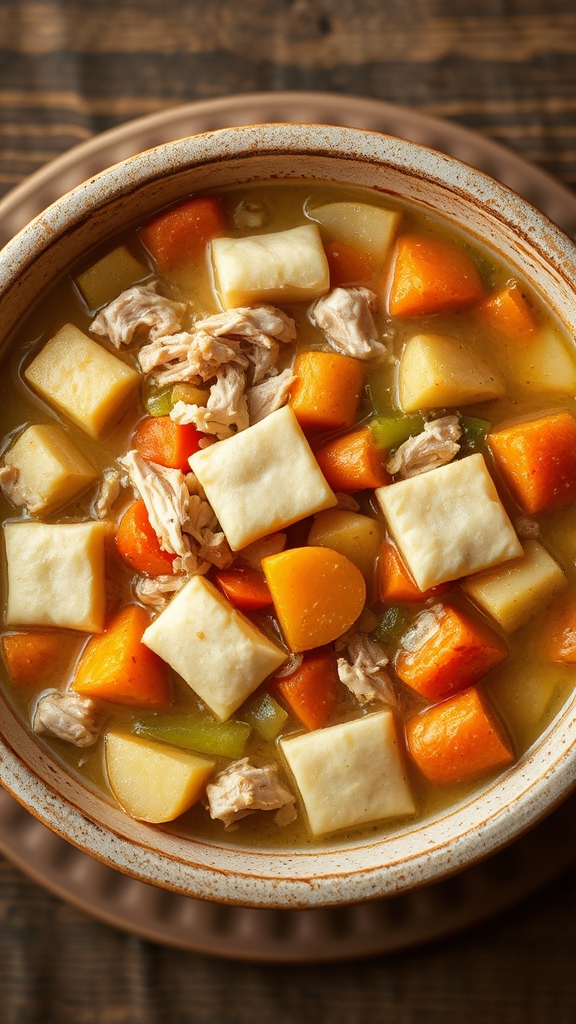Iowa Pork Tenderloin Sandwich (Bigger Than the Bun)
How does the Iowa Pork Tenderloin Sandwich, bigger than its bun, deliver a crispy, mouthwatering twist that demands a bite?
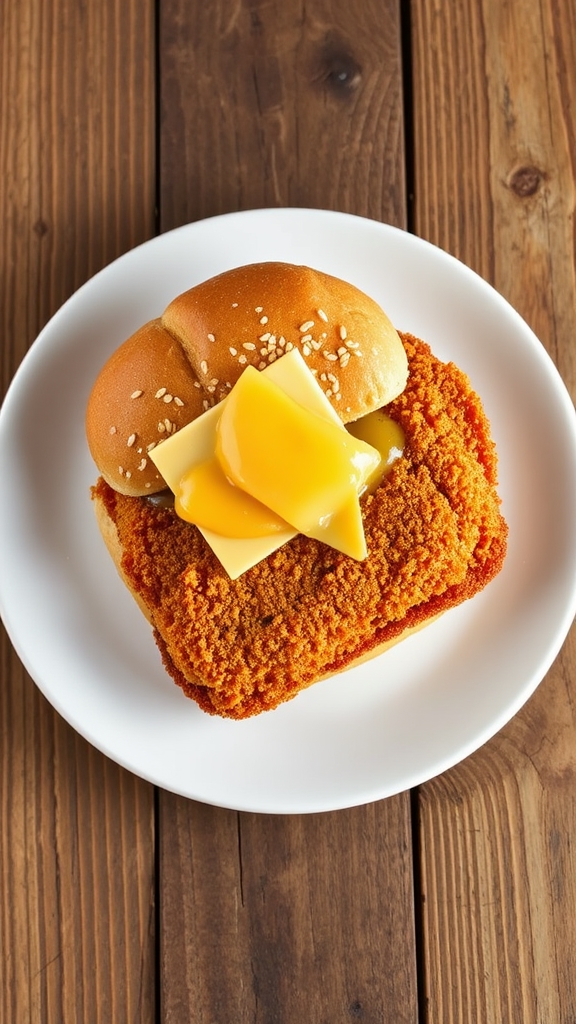
I’ve always loved the Iowa Pork Tenderloin Sandwich, with its enormous, crispy fried pork cutlet that’s bigger than the bun, capturing that classic Midwestern charm from its German-inspired roots in the late 1800s. It’s made by pounding pork tenderloin, breading it with flour, eggs, and breadcrumbs, then frying it golden alongside fresh toppings like mustard, pickles, and lettuce on a soft bun. Don’t forget to try variations for extra flavor. You’ll find all the details waiting just ahead.
History
The Iowa Pork Tenderloin Sandwich originated in the Midwestern United States, particularly Iowa, as a hearty adaptation of European breaded meat dishes like Wiener Schnitzel, influenced by German immigrant communities in the late 19th and early 20th centuries.
Regionally, variations include thicker breading, different spices, or toppings like pickles and mustard, signifying Iowa’s agricultural heritage and its role as a staple in local diner and fair culture.
Traditionally served at state fairs, community events, and casual gatherings, it embodies Midwestern comfort food, often enjoyed during summer festivals or as an everyday meal in the heartland.
Ingredients
– Vegetable oil, enough for frying – say, about 1/2 inch in the pan.
Because what’s a fried sandwich without that hot bath that crisps everything up just so.
Turning potential kitchen mishaps into golden triumphs with a little patience?
– Hamburger buns, 4 soft ones – these are the trusty vessels for all that porky magic, toasted if you’re feeling fancy, holding everything together without stealing the spotlight.
And really, could a sandwich exist without them?
– Pickles, a handful of slices – crisp and tangy, these add that zingy punch to cut through the richness, layered on top like a playful surprise.
Because sometimes a meal needs a bit of that sour edge to keep things interesting.
– Mustard, yellow or Dijon, about 2 tablespoons – slathered on for that sharp, wake-up-your-taste-buds kick, it’s the condiment that ties it all in.
And I’ll admit, choosing the right one feels like a small adventure every time.
– Lettuce, a few leaves – fresh and crunchy, to give that cool contrast against the warm pork, tucked in there like a green whisper.
Reminding us that even hearty food can have a lighter side, don’t you think?
– Tomato, 1 sliced – juicy and ripe, adding a burst of freshness that balances the fried bits.
Because who says a sandwich can’t sneak in some vitamins while we’re at it, with that sweet-tart vibe that just works?
– Onion, 1/2 sliced thin – for that mild bite that sneaks in, raw or pickled, it’s the extra layer that might make you tear up a little while chopping.
But hey, it’s all part of the fun in building flavors.
Cooking Steps
Let’s start with the fun part: getting that pork ready for its big moment.
First, take your 2 pounds of pork tenderloin or boneless pork chops and pound them thin—aim for about 1/4 inch thick, so they cook up crispy without turning into tough leather.
You’ll want to use a meat mallet or even a rolling pin if that’s what you’ve got on hand, and don’t forget to season them with salt and pepper to taste, because a little flavor boost right from the start makes all the difference.
Once that’s done, melt your 1/4 cup of unsalted butter and set it aside for later, maybe while you hum a tune and imagine the golden results.
Now, for the breading station—think of it as building a tasty armor for your pork.
Grab 2 cups of all-purpose flour in one bowl, beat 2 large eggs in another, and pour 2 cups of panko breadcrumbs into a third; this setup keeps things organized and less messy than my usual kitchen escapades.
Dip each piece of pork first into the flour, then the eggs, and finally the breadcrumbs, making sure to coat them evenly—it’s like giving them a spa day before the fry.
Heat up enough vegetable oil in a pan to reach about 1/2 inch deep, get it to around 350°F, and fry those bad boys for 3-4 minutes per side until they’re golden and crispy, all while keeping an eye on the heat so you don’t end up with a smoky disaster.
Once your pork is fried to perfection, it’s time to assemble the sandwich and turn it into a handheld masterpiece.
Toast your 4 soft hamburger buns if you’re in the mood for extra crunch, then slather on about 2 tablespoons of mustard—yellow or Dijon, whichever tickles your fancy.
Layer on a few leaves of lettuce, some slices from that 1 tomato, thin slices from 1/2 onion, a handful of pickle slices, and finally, plop on the fried pork, which should overhang the bun for that classic Iowa vibe.
There you have it, a sandwich that’s as satisfying as it’s simple, ready to devour with a napkin in hand because things might get a bit messy in the best way possible.
Tips and Variations
Oh, you know, when it comes to that Iowa Pork Tenderloin Sandwich, one handy tip is to experiment with the breading for a fresh spin—try swapping regular flour for a gluten-free version if you’re catering to dietary needs, or mix in some herbs like paprika or garlic powder for an extra flavor punch that makes every bite feel like a little adventure.
And speaking of variations, if the classic mustard feels a tad routine, why not drizzle on a bit of that melted unsalted butter we mentioned earlier to amp up the richness, or add a slice of cheese that melts into gooey perfection; it’s like giving your sandwich a cozy hug, though I’ve to admit, getting the timing just right can be tricky, turning me into a kitchen juggler trying not to overdo it and end up with a floppy mess instead of crispy gold.
For a lighter take, pop those breaded pork pieces in the oven at 400°F for 15-20 minutes, flipping halfway, and you’ll cut down on oil without sacrificing that satisfying crunch, though it mightn’t quite capture the traditional fry-house vibe.
Tools
| Kitchen Tool | Purpose/Use |
|---|---|
| Cutting board | For preparing and trimming the pork tenderloin. |
| Sharp knife | To slice and cut the pork or other ingredients. |
| Meat mallet | To pound the pork tenderloin to the desired thickness. |
| Mixing bowls | For holding flour, eggs, and breadcrumbs for breading. |
| Whisk or fork | To mix eggs or batter ingredients. |
| Measuring cups | To measure ingredients like butter or liquids. |
| Frying pan or skillet | For frying the breaded pork in oil or butter. |
| Baking sheet | For oven-baking the pork as an alternative method. |
| Tongs or spatula | To flip and handle the pork during cooking. |
| Pastry brush | To apply melted butter for greasing or basting. |

Hi There! I'm Stephanie Miller: Elementary teacher from Columbus, OH sharing grandma's treasured American recipes! 50 years young, yoga enthusiast & kitchen storyteller. Welcome to my food family! 🍰❤️

